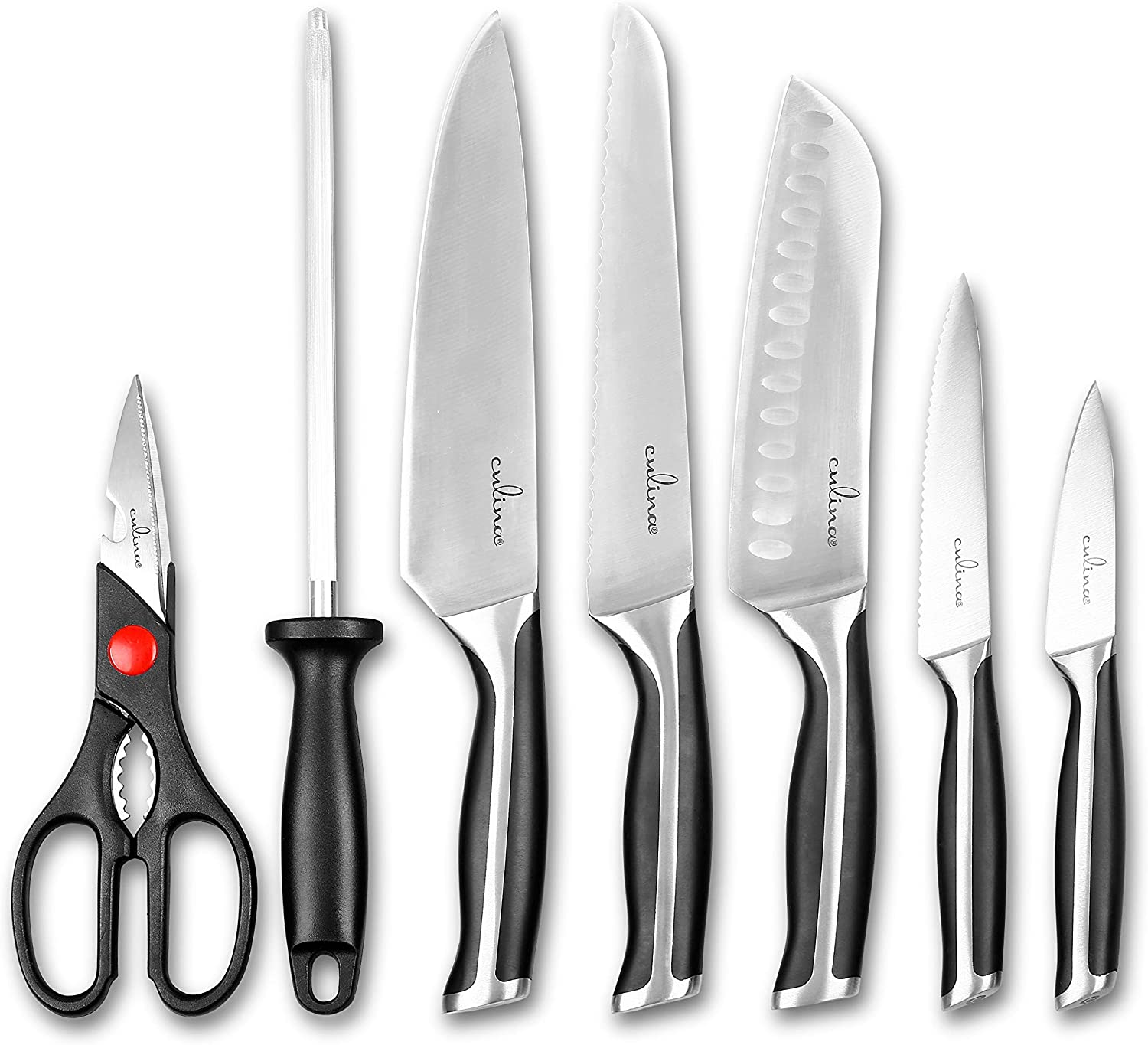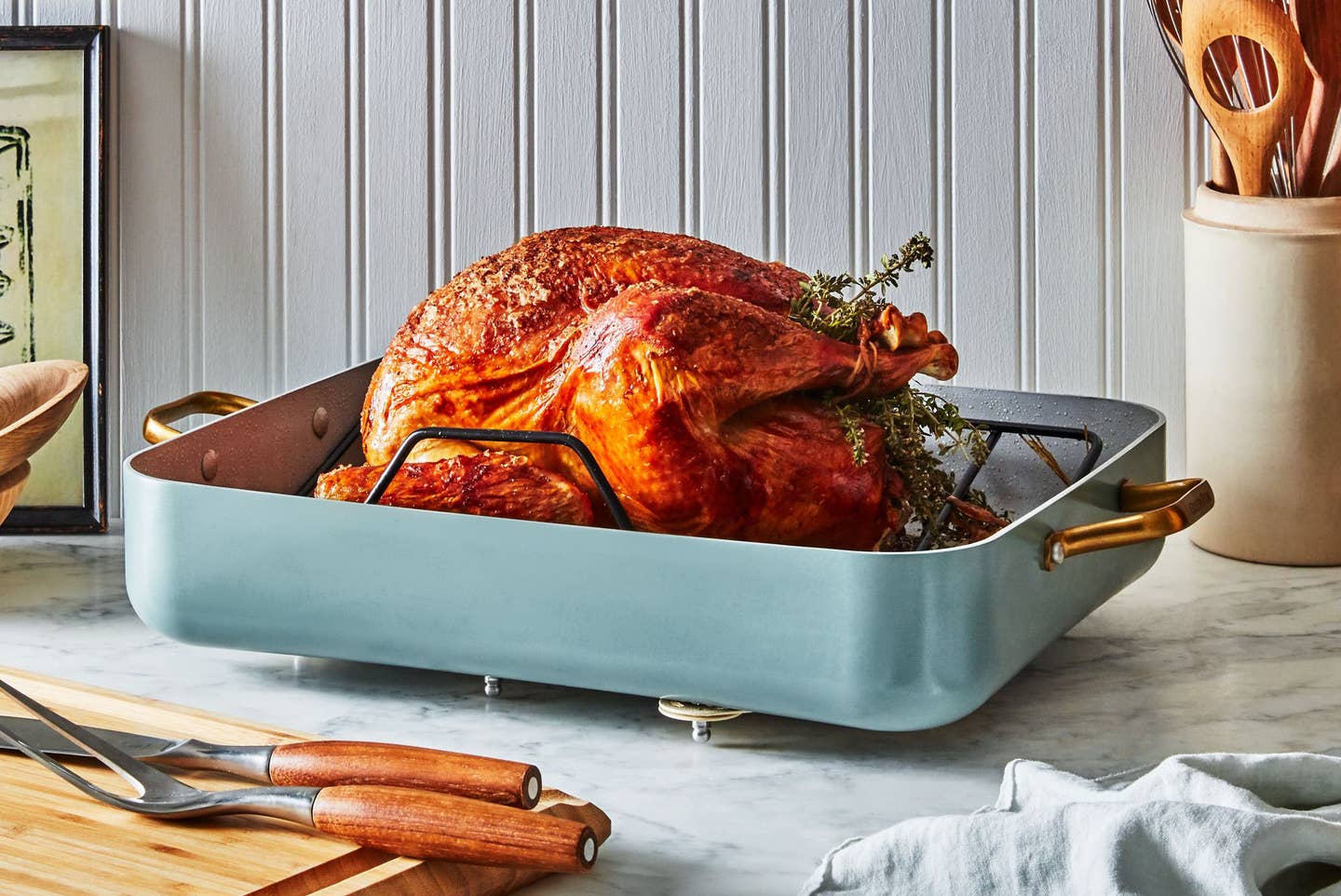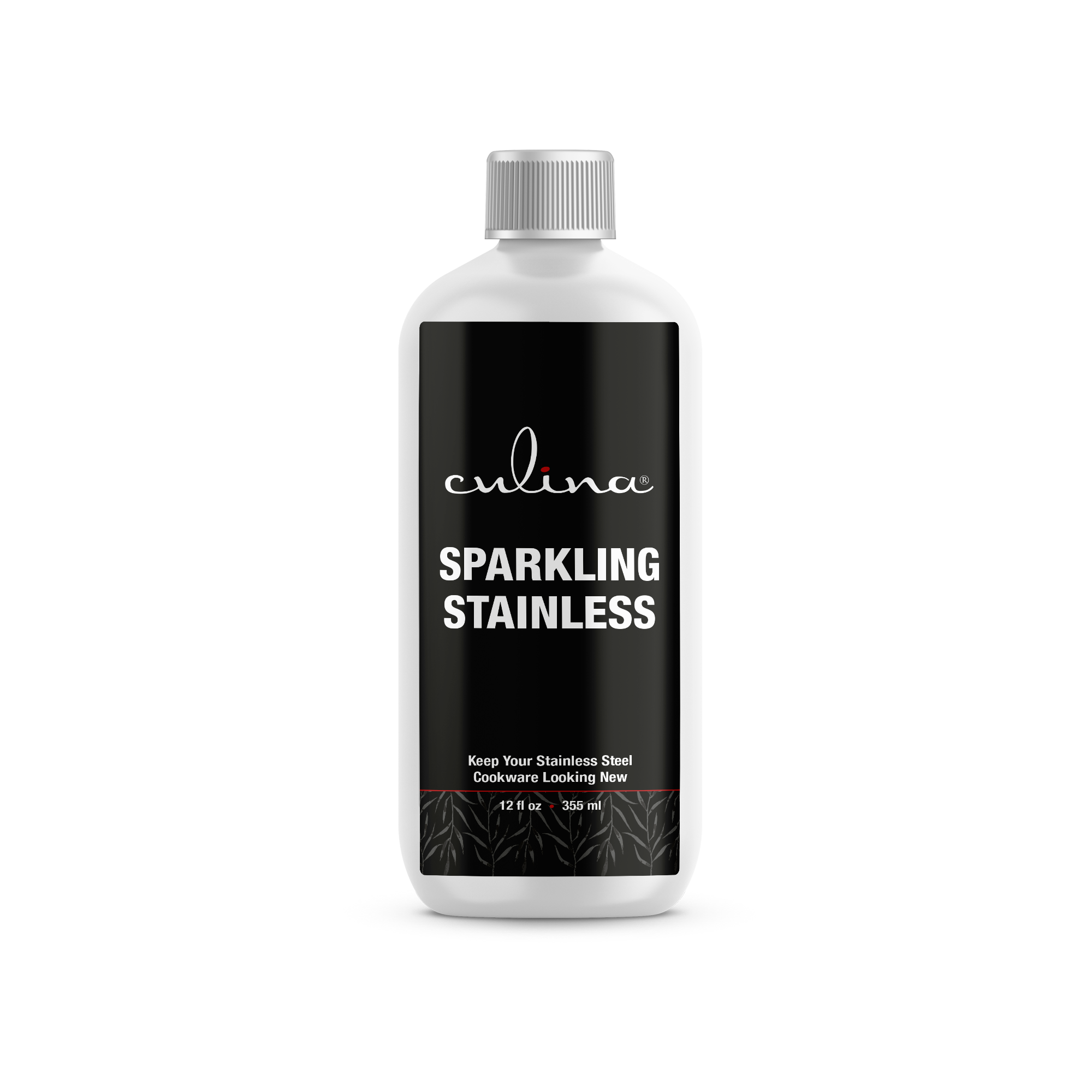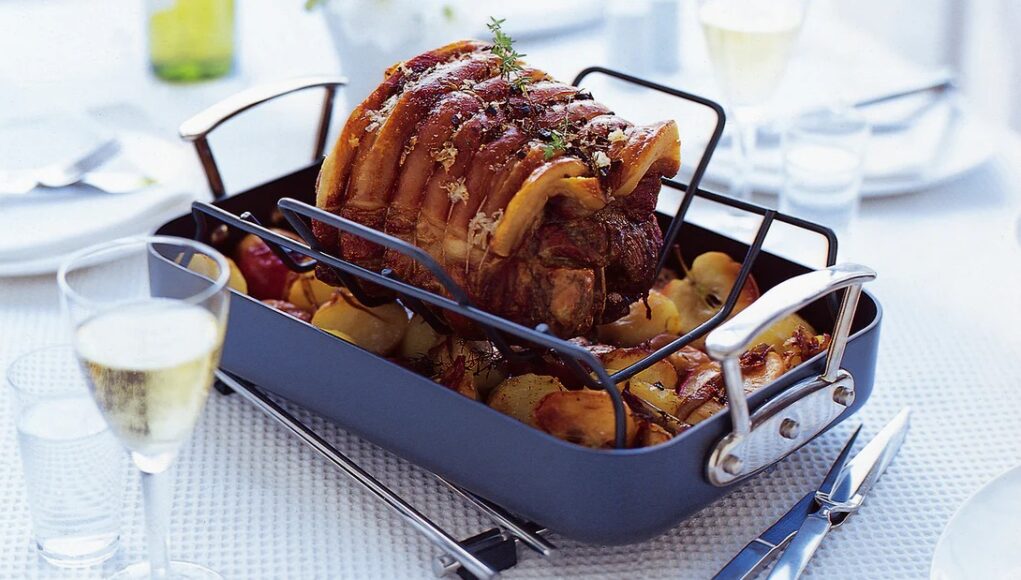When it comes to cooking chicken, the right equipment can make all the difference. One essential tool in any chicken lover‘s kitchen is the roasting pan. Learning how to use a roasting pan can elevate your cooking game, offering terrifically roasted meals that are both delicious and visually appealing. In this article, we’ll take a deep dive into the world of roasting pans, their benefits, and the techniques that will make every roast a culinary masterpiece.

What is a Roasting Pan?
A roasting pan is a large, oven-safe pan designed specifically for roasting meats and vegetables. Its size and shape allow it to accommodate large pieces of meat like a full chicken or a turkey. Additionally, its design helps promote even cooking and browning, ensuring you get the most out of your roasting endeavors.

Types of Roasting Pans
Stainless Steel Roasting Pan
This roasting pan type is known for its durability and even heat distribution. It is a popular choice among chefs and home cooks alike.
Non-Stick Roasting Pans
These pans are easy to clean and prevent food from sticking, making them an excellent choice for beginners.
Enamel Coated Roasting Pans
Enamel-coated pans offer a non-reactive surface, ideal for cooking acidic foods like tomatoes and citrus.
Cast Iron Roasting Pans
Known for their heat retention, cast iron roasting pans are perfect for slow-cooking and roasting meats to perfection.

Why You Need a Roasting Pan
Using a roasting pan offers several benefits:
- Even Cooking: The design ensures that heat is distributed evenly, preventing hot spots.
- Capacity: Can accommodate large cuts of meat or multiple ingredients at once.
- Elevated Cooking: Many roasting pans come with a rack, allowing the meat to cook above the drippings.
Choosing the Right Roasting Pan
Consider the following when selecting a roasting pan:
- Size: Ensure it’s large enough to fit your typical roasts but still fits in your oven.
- Material: Choose a material that suits your cooking style, be it stainless steel, non-stick, enamel, or cast iron.
- Handles: Opt for pans with sturdy, easy-to-grip handles for safety and convenience.
How to Use a Roasting Pan: Step-by-Step
Preparing the Pan
Begin by preheating your oven according to your recipe’s instructions. Place a rack in the roasting pan if available.
Seasoning the Meat
Season your chicken generously with salt, pepper, and other preferred spices. Consider marinating for enhanced flavor.
Placing the Meat
Place the chicken on the rack within the roasting pan. If you don’t have a rack, you can place the chicken directly on the pan.
Adding Aromatics
Add sliced onions, garlic, and herbs under and around the chicken to infuse flavors during roasting.
Roasting
Place the pan in the preheated oven. Roast according to your recipe, usually until the meat reaches an internal temperature of 165F (75C).
Tips for Perfectly Roasted Chicken
- Pat Dry: Ensure the skin is dry before roasting for a crispy texture.
- Baste: Baste the chicken periodically with its juices to keep it moist.
- Monitor Temperature: Use a meat thermometer to avoid under or overcooking.
Cleaning and Maintenance of Your Roasting Pan
Proper cleaning and maintenance can extend the life of your roasting pan:
- Soak: Soak the pan in warm, soapy water to loosen food particles.
- Scrub Gently: Use a non-abrasive scrubber to clean.
- Dry Thoroughly: Ensure the pan is completely dry before storage to prevent rust.
Common Mistakes to Avoid
When using a roasting pan, avoid these pitfalls:
- Overcrowding: Ensure ample space around the meat for even cooking.
- High Heat: Avoid excessively high temperatures, which can burn the outer layer while leaving the inside undercooked.
- Skipping the Rest: Allow the meat to rest before carving to retain juices.
Recipes to Try with Your Roasting Pan
Classic Roast Chicken
This timeless recipe is a must-try, offering a delicious meal with minimal effort.
Herb-Roasted Vegetables
Complement your roasted chicken with a medley of flavorful, oven-roasted vegetables.
One-Pan Dinners
Combine chicken, potatoes, and greens in a single roasting pan for a hassle-free dinner.
Frequently Asked Questions (FAQ)
What can I use instead of a roasting pan?
In a pinch, you can use a large baking dish or a cast iron skillet for roasting.
Can I put a roasting pan on the stovetop?
Many roasting pans are designed to be used on both the stovetop and the oven, but always check the manufacturer’s guidelines.
How do I prevent sticking?
Line the pan with aluminum foil or use a non-stick cooking spray to prevent food from sticking.
Conclusion
Understanding how to use a roasting pan can transform your cooking experience, enabling you to produce mouth-watering roasts with ease. Whether you’re a seasoned cook or a beginner, the right techniques and tools can help you achieve terrific results every time. Happy roasting!
For further reading on roasting pans, check out this excellent guide from Dalstrong.
For more tips on chicken cooking, don’t forget to visit here, reheat, fridge, shred, and heat up.
As an Amazon Associate, I earn from qualifying purchases.









